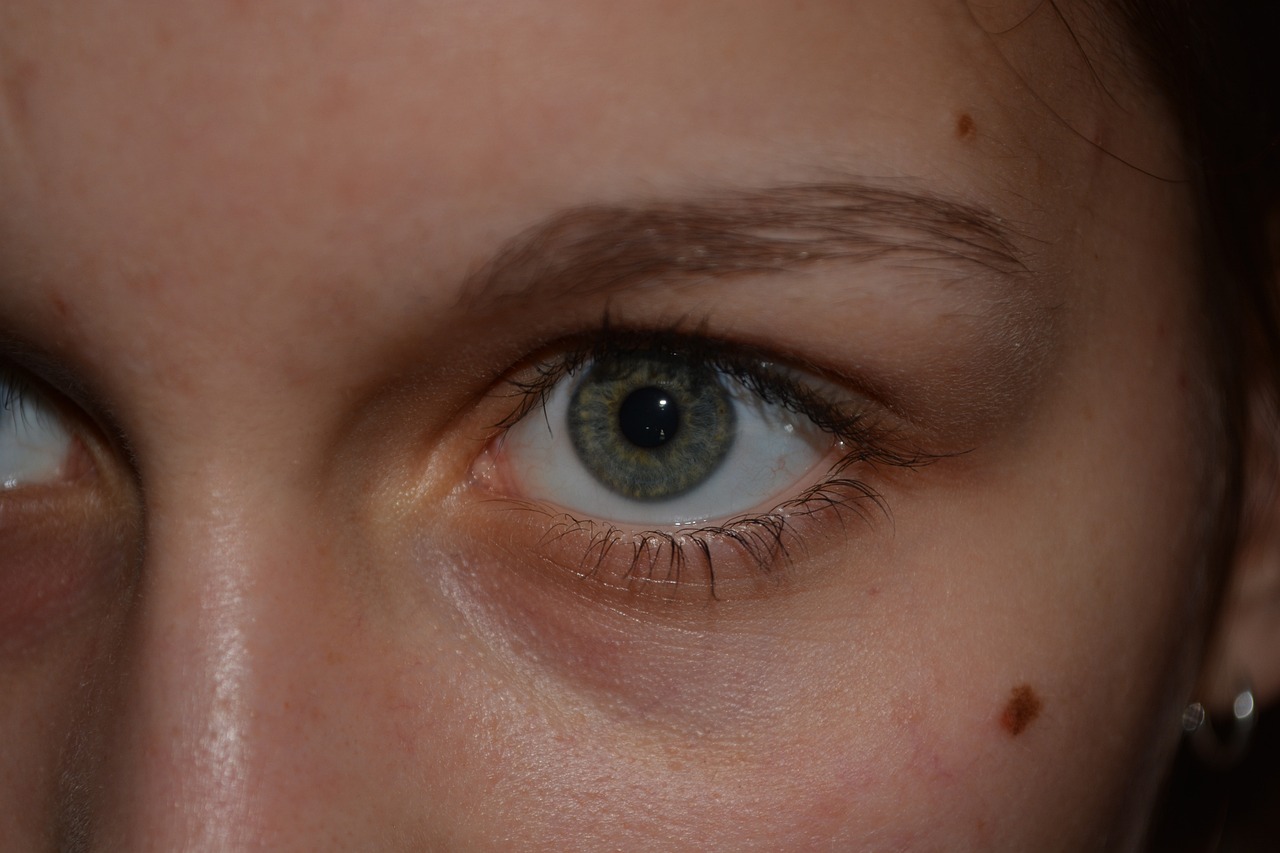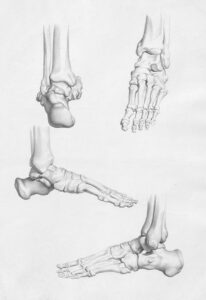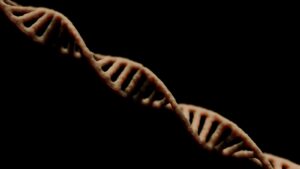Birthmarks, intriguing and often unique skin features, have captured human curiosity for centuries. These marks, which can vary greatly in size, shape, and color, often spark questions about their origins and meanings. While some cultures attach symbolic or superstitious significance to birthmarks, science has sought to uncover the genetic, developmental, and environmental factors that lead to their formation. By exploring the biology behind birthmarks, their types, and the mechanisms that contribute to their appearance, we gain deeper insight into the intricate processes of human development.
What Are Birthmarks?
Birthmarks are areas of discolored or raised skin that are present at birth or develop shortly thereafter. They can appear anywhere on the body, ranging from small, inconspicuous spots to large, prominent patches that can attract attention. These features are generally harmless and non-cancerous, though in rare cases, they may require medical attention if they pose health risks or cause psychological or cosmetic concerns.
Types of Birthmarks
Birthmarks fall into two primary categories:
- Vascular Birthmarks: These result from abnormalities in blood vessels and include types such as hemangiomas, port-wine stains, and salmon patches.
- Pigmented Birthmarks: These arise from an overproduction or uneven distribution of melanin in the skin and include moles, café-au-lait spots, and Mongolian spots.
Understanding the biological processes behind these categories helps demystify why birthmarks occur and highlights their role in human development. Some birthmarks fade over time, while others remain throughout life, adding to their complexity and uniqueness.
The Genetic and Developmental Origins of Birthmarks
The formation of birthmarks is a complex interplay of genetic, developmental, and environmental factors. While the exact causes are not fully understood, researchers have identified several mechanisms that contribute to their appearance.
1. Genetic Mutations
Some birthmarks, particularly vascular ones, are linked to genetic mutations that occur during fetal development. For example, port-wine stains are associated with mutations in the GNAQ gene, which affects blood vessel formation and regulation. These mutations are typically somatic, meaning they occur sporadically during fetal development rather than being inherited from a parent. This randomness explains why birthmarks can appear in individuals with no family history of them.
Pigmented birthmarks, such as moles, may also have genetic components. Mutations in genes that regulate melanocyte activity and melanin production, such as the BRAF gene, can lead to an overaccumulation of pigment cells in specific areas of the skin, resulting in visible marks. These genetic changes influence how pigment cells cluster and distribute during early development, creating the distinct patterns and shapes seen in birthmarks.
2. Abnormal Blood Vessel Development
Vascular birthmarks arise from irregularities in the development or arrangement of blood vessels during fetal growth. Blood vessels form intricate networks to supply oxygen and nutrients to tissues, but in some cases, these networks may overgrow, cluster, or fail to regress properly, leading to vascular birthmarks.
- Hemangiomas: These raised, red marks, often referred to as “strawberry marks,” are caused by an overgrowth of blood vessels. They may grow rapidly after birth but typically shrink and fade over time as the blood vessels recede. In some cases, hemangiomas may completely disappear by early childhood.
- Port-Wine Stains: These flat, reddish-purple marks result from dilated capillaries that do not constrict properly. Unlike hemangiomas, port-wine stains are usually permanent and may darken or thicken with age if left untreated. Early intervention with laser therapy can help minimize their appearance.
- Salmon Patches: These pale pink or red marks, commonly known as “stork bites” or “angel kisses,” are caused by clusters of capillaries near the surface of the skin. They often fade as the child grows, typically disappearing by early childhood.
3. Melanin Distribution and Pigment Cell Behavior
Pigmented birthmarks are influenced by the activity and distribution of melanocytes, the cells responsible for producing melanin—the pigment that gives skin its color. During embryonic development, melanocytes migrate from the neural crest to the skin. If these cells cluster in specific areas or produce excess melanin, pigmented birthmarks such as café-au-lait spots, moles, or Mongolian spots can form.
- Moles (Congenital Nevi): These result from localized clusters of melanocytes and can range in size and color. Larger congenital nevi carry a slightly higher risk of developing into melanoma later in life, warranting regular monitoring by a dermatologist.
- Café-au-Lait Spots: These light brown patches are often benign, but their presence in large numbers may be associated with genetic conditions like neurofibromatosis. These spots vary widely in size and may increase in number over time.
- Mongolian Spots: Commonly seen in infants with darker skin tones, these bluish-gray marks are caused by melanocytes trapped in deeper layers of the skin during development. They usually fade with age but may persist into adolescence in some cases.
4. Environmental and Epigenetic Factors
While genetic mutations play a significant role, environmental and epigenetic factors may also influence the formation of birthmarks. Epigenetic changes involve modifications to gene expression without altering the DNA sequence and can be influenced by factors such as:
- Maternal Health: Conditions such as gestational diabetes or high blood pressure during pregnancy may affect fetal development and contribute to the formation of certain birthmarks. These maternal factors can impact the growth of blood vessels or the migration of pigment cells.
- Nutrition: Inadequate or excessive nutrient intake during pregnancy can alter developmental processes, potentially influencing blood vessel or pigment cell behavior. Nutrients like folic acid and vitamin D play key roles in cellular development.
- Exposure to Substances: Certain medications or environmental toxins during pregnancy may disrupt normal cellular development, leading to the appearance of birthmarks. For example, exposure to certain chemicals has been hypothesized to affect vascular formation in the fetus.
Types of Birthmarks and Their Characteristics
Birthmarks come in various forms, each with distinct characteristics. Here are some common types:
Vascular Birthmarks
- Hemangiomas: These raised, red birthmarks caused by an overgrowth of blood vessels often appear shortly after birth. While they may grow rapidly, most hemangiomas shrink and fade over time, sometimes disappearing entirely by early childhood.
- Port-Wine Stains: These flat, reddish-purple marks are caused by permanently dilated capillaries. They are typically visible at birth and may darken or thicken as the individual ages. Port-wine stains on the face or near the eyes may require medical evaluation for associated conditions such as Sturge-Weber syndrome.
- Salmon Patches: Pale pink or red marks often found on the neck, forehead, or eyelids. These are among the most common birthmarks and typically fade as the child grows, often disappearing by early childhood.
Pigmented Birthmarks
- Moles (Congenital Nevi): Small to large dark spots caused by clusters of melanocytes. While most moles are harmless, larger congenital nevi may warrant regular monitoring due to a slightly increased risk of melanoma.
- Café-au-Lait Spots: These light brown patches can vary widely in size and shape. A few café-au-lait spots are common and benign, but multiple spots may indicate underlying genetic conditions such as neurofibromatosis.
- Mongolian Spots: Bluish-gray marks commonly found on the lower back or buttocks of infants with darker skin tones. These marks are caused by melanocytes trapped in the dermis during development and typically fade with age.
Do Birthmarks Require Treatment?
Most birthmarks are harmless and do not require medical intervention. However, some may necessitate treatment for medical or cosmetic reasons. For example:
- Large or Growing Hemangiomas: Rapidly growing hemangiomas that obstruct vision, breathing, or other functions may require medical treatment, such as laser therapy, corticosteroids, or beta-blockers.
- Port-Wine Stains: These marks may benefit from laser treatment to reduce discoloration, particularly if they are located on visible areas like the face. Early treatment can help minimize their appearance and prevent thickening over time.
- Suspicious Moles: Any changes in the size, shape, or color of a mole should be evaluated by a dermatologist to rule out melanoma or other skin conditions.
Cosmetic treatments, such as makeup or advanced laser therapy, are also available for individuals who wish to minimize the appearance of birthmarks for personal reasons.
Embracing Birthmarks as Unique Features
While some people may seek to reduce the appearance of their birthmarks, others embrace them as a unique aspect of their identity. Birthmarks often hold personal or cultural significance, serving as reminders of individuality and the diverse ways in which our bodies develop. For many, birthmarks become defining features that symbolize uniqueness and beauty.
Conclusion
Birthmarks are fascinating features that offer insight into the complex interplay of genetics, development, and environmental influences. Whether they are vascular or pigmented, these marks are a testament to the intricate processes that shape our bodies before we are even born. By understanding the origins and characteristics of birthmarks, we can appreciate their role in human diversity, celebrate their uniqueness, and deepen our respect for the incredible complexity of human development.




